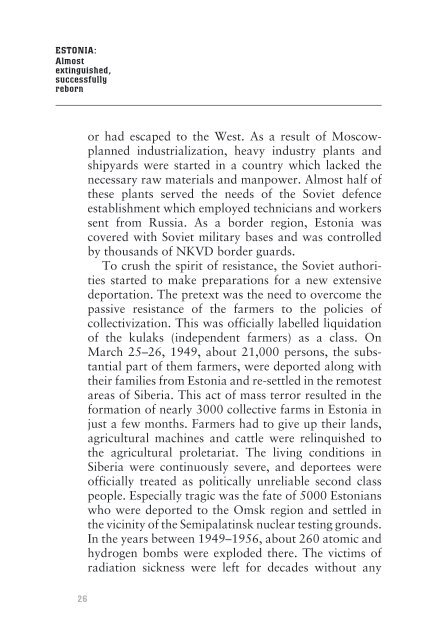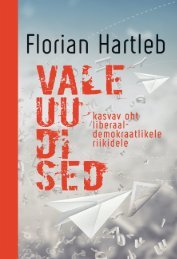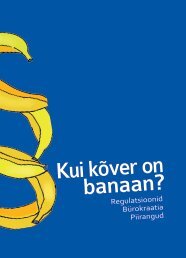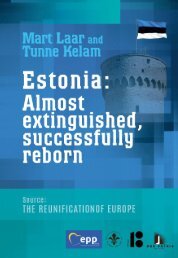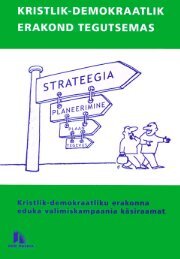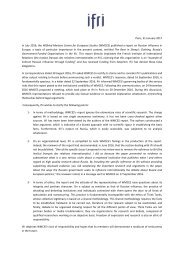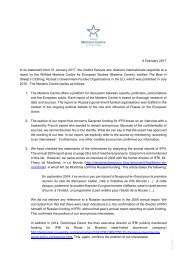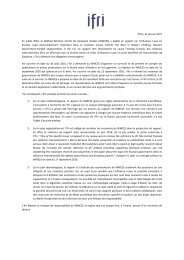ESTONIA: Almost extinguished, successfully reborn
The following text is the shortest possible review to help inform friends and guests from abroad about Estonia’s experience with foreign occupation and totalitarianism as well as its road to peacefully re-establishing national inde-pendence on the basis of democracy. Tunne Kelam Member of the European Parlament
The following text is the shortest possible review to help inform
friends and guests from abroad about Estonia’s experience with
foreign occupation and totalitarianism as well as its road to
peacefully re-establishing national inde-pendence on the basis
of democracy.
Tunne Kelam
Member of the European Parlament
You also want an ePaper? Increase the reach of your titles
YUMPU automatically turns print PDFs into web optimized ePapers that Google loves.
<strong>ESTONIA</strong>:<br />
<strong>Almost</strong><br />
<strong>extinguished</strong>,<br />
<strong>successfully</strong><br />
<strong>reborn</strong><br />
or had escaped to the West. As a result of Moscowplanned<br />
industrialization, heavy industry plants and<br />
shipyards were started in a country which lacked the<br />
necessary raw materials and manpower. <strong>Almost</strong> half of<br />
these plants served the needs of the Soviet defence<br />
establishment which employed technicians and workers<br />
sent from Russia. As a border region, Estonia was<br />
covered with Soviet military bases and was controlled<br />
by thousands of NKVD border guards.<br />
To crush the spirit of resistance, the Soviet authorities<br />
started to make preparations for a new extensive<br />
deportation. The pretext was the need to overcome the<br />
passive resistance of the farmers to the policies of<br />
collectivization. This was officially labelled liquidation<br />
of the kulaks (independent farmers) as a class. On<br />
March 25–26, 1949, about 21,000 persons, the substantial<br />
part of them farmers, were deported along with<br />
their families from Estonia and re-settled in the remotest<br />
areas of Siberia. This act of mass terror resulted in the<br />
formation of nearly 3000 collective farms in Estonia in<br />
just a few months. Farmers had to give up their lands,<br />
agricultural machines and cattle were relinquished to<br />
the agricultural proletariat. The living conditions in<br />
Siberia were continuously severe, and deportees were<br />
officially treated as politically unreliable second class<br />
people. Especially tragic was the fate of 5000 Estonians<br />
who were deported to the Omsk region and settled in<br />
the vicinity of the Semipalatinsk nuclear testing grounds.<br />
In the years between 1949–1956, about 260 atomic and<br />
hydrogen bombs were exploded there. The victims of<br />
radiation sickness were left for decades without any<br />
26


